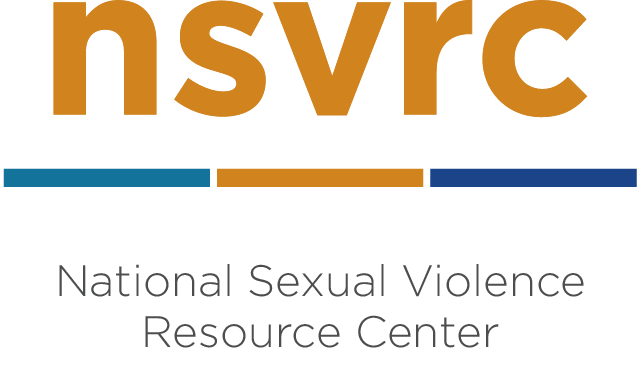This checklist outlines strategies for preventing and responding to gender-based violence in displaced settings. It includes considerations in staff training and management, coordination and planning, and systems related to food, water, health, education, and other sectors and services.
This resource describes the history, recommended models, and challenges of gender-based violence (GBV) programs serving populations affected by armed conflict. It includes profiles of seven GBV programs and recommends strategies for resolving problems that are common in the field. Also available in French and Portuguese.
This manual provides guidelines and tools to address gender-based violence in refugee, internally displaced, and post-conflict settings.
This report provides a baseline narrative account of some of the major issues, programming efforts, and gaps related to the prevention of and response to gender-based violence among conflict-affected populations in twelve countries across four continents.
The United Nations High Commissioner for Refugees offers practical advice on how to design strategies and carry out activities aimed at preventing and responding to sexual and gender-based violence. The guide also contains information on basic health, legal, security and human rights issues relevant to those strategies and activities.
Return to the Disasters, Violence, Gender, & Oppression Table of Contents
Return to the main Disasters page
